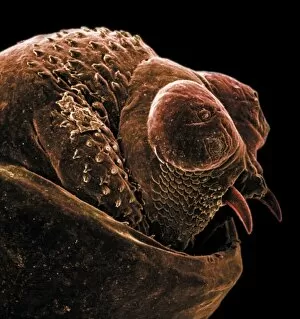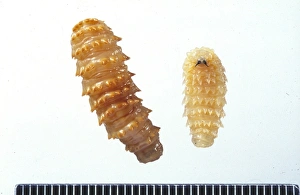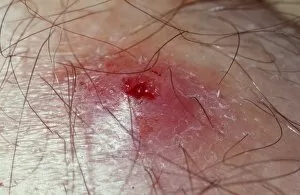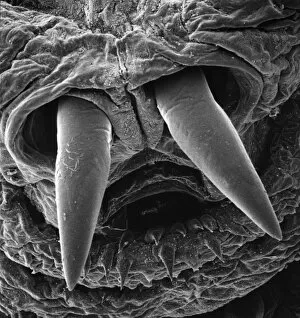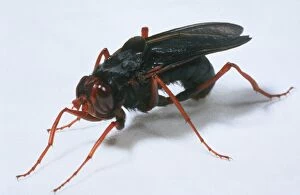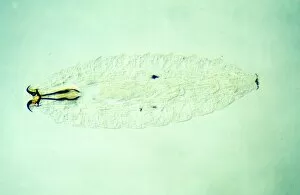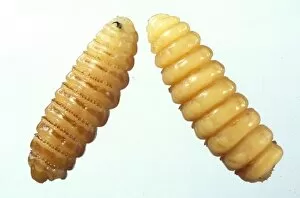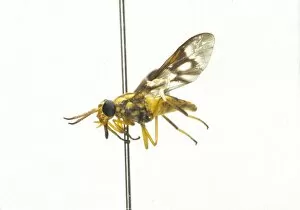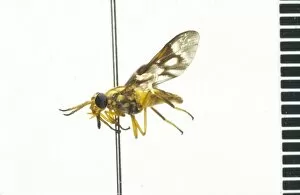Botfly Collection
The botfly, also known as Dermatobia hominis, is a fascinating yet peculiar insect that has captured the attention of scientists and curious minds alike
All Professionally Made to Order for Quick Shipping
The botfly, also known as Dermatobia hominis, is a fascinating yet peculiar insect that has captured the attention of scientists and curious minds alike. This intriguing creature belongs to the Oestridae family and comes in various forms such as Cephalopina titillator, camel nasal botfly larvae, Gasterophilus, horse botfly, and even Gyrostigma rhinocerontis - the rhinoceros stomach botfly. One of the most astonishing aspects of the botfly's life cycle is its unique method of reproduction. Unlike other insects that lay eggs directly on their host's body or environment, female botflies deposit their eggs on vectors like mosquitoes or ticks. Once these unsuspecting carriers land on a suitable host - be it an animal or human - they unknowingly transfer these tiny larvae onto their skin. Once attached to its new home, the larva burrows into its host's flesh through an opening such as a hair follicle or pore. In humans specifically, this can include unimaginable locations like under our skin or even inside sensitive areas like nostrils. However bizarre it may sound, there have been reported cases where individuals have had to deal with infestations in rather uncomfortable places such as the anus. As time progresses within its newfound habitat, the larva develops into what can only be described as a grotesque sight. Its presence causes swelling and irritation around the area while feeding off tissue fluids for nourishment. Eventually reaching maturity within weeks or months depending on species variation. Despite their unsettling nature when encountered by humans and animals alike; however disturbing they may seem at first glance; we must remember that every organism plays a role in our ecosystem. These peculiar creatures are no exception – serving as both prey for predators higher up in food chains while simultaneously aiding in pollination processes.

